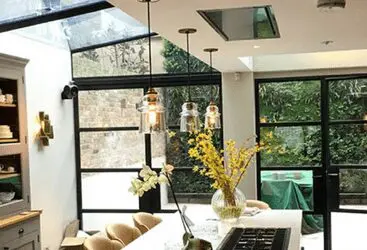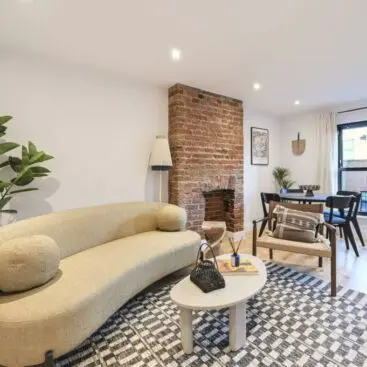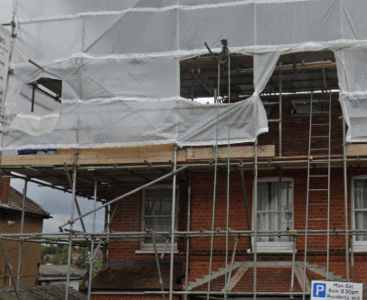What are the fire safety requirements for a loft conversion?
There is an ever-increasing demand for loft conversions. Converting your roof space is one of the most cost-effective ways to add space whilst increasing the potential value of the home. This is an exciting prospect, however, fire safety and building regulations must be adhered to.
Some aspects that must be considered as part of your loft conversion include:
- Escape routes (including escape windows)
- Smoke alarms
- Fire doors
However, other fire safety features can be installed in your loft conversion to help protect you, your family, and your property, such as:
- Fire resistant glazing
- Fire alarms
- Sprinkler or fire misting solutions
Unlike traditional sprinkler systems, iMist™ misting solutions use less water, causing less damage to your property and meaning they don’t require water tanks to operate. Beyond this, iMist™ Fire Suppression systems are also a cleaner, more modern, and more sustainable option for your loft conversion fire safety.
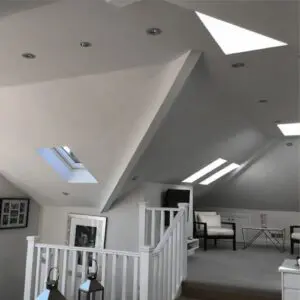
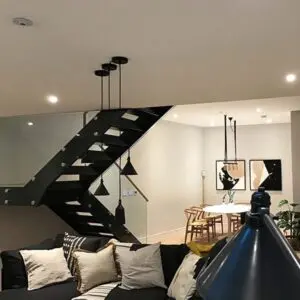
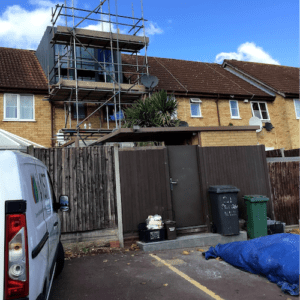
Why is a fire suppression system needed for my loft conversion?
British Standard BS:9991 says you must have an AWFSS (Automatic Water Fire Suppression System) in any of the following circumstances:
5.2.1.2 Multi-Basement Buildings
For dwellings with multiple floors below ground level, a protected stairway, and an AWFSS is required. 9 meters should not be exceeded from the foot of the protected stair to any habitable room
6.4 (b) Dwelling Houses with one or more storey greater than 7.5m in height (4 storeys)
A second, separate protected stairwell is not required if AWFSS is fitted throughout.
9.1 (d) Internal Planning of Flats and Maisonettes
Flats or maisonettes with an open plan arrangement and more than one floor should have a protected stairway and AWFSS fitted. This allows escape to the shared external entrance.
9.4.2 (a) Extended travel distances within an open-plan flat
Flats more than 4.5m above ground level that are entered on the same level can increase total travel distances to the entrances from 9m to 20m with the
use of AWFSS throughout the entire building, along with a LD1 fire detection and fire alarm system in accordance with BS 5839-6:2013.
9.3 (b) Provision of inner rooms in flats not more than 4.5m in height
Inner rooms are not suggested unless the use of an AWFSS is utilised throughout the entire building, along with a grade D LD1 Fire detection and fire alarm system in accordance with BS 5839-6:2013.
9.7 Open Plan Layouts
Open-planned flats are permissible with a fully fitted AWFSS.
Loft Conversion Fire Safety: Trusted by architects and Building Control
iMist™ misting solutions have been installed in over 9,000 developments, including loft conversions. The integral pump is designed to be discreet and small enough to fit into even the most inaccessible spaces. The iMist™ system is mains water-fed so unlike sprinkler systems, does not require a bulky, limited water supply tank. It’s also worth mentioning that the flexibility of our hose makes the iMist™ system easy to retrofit.
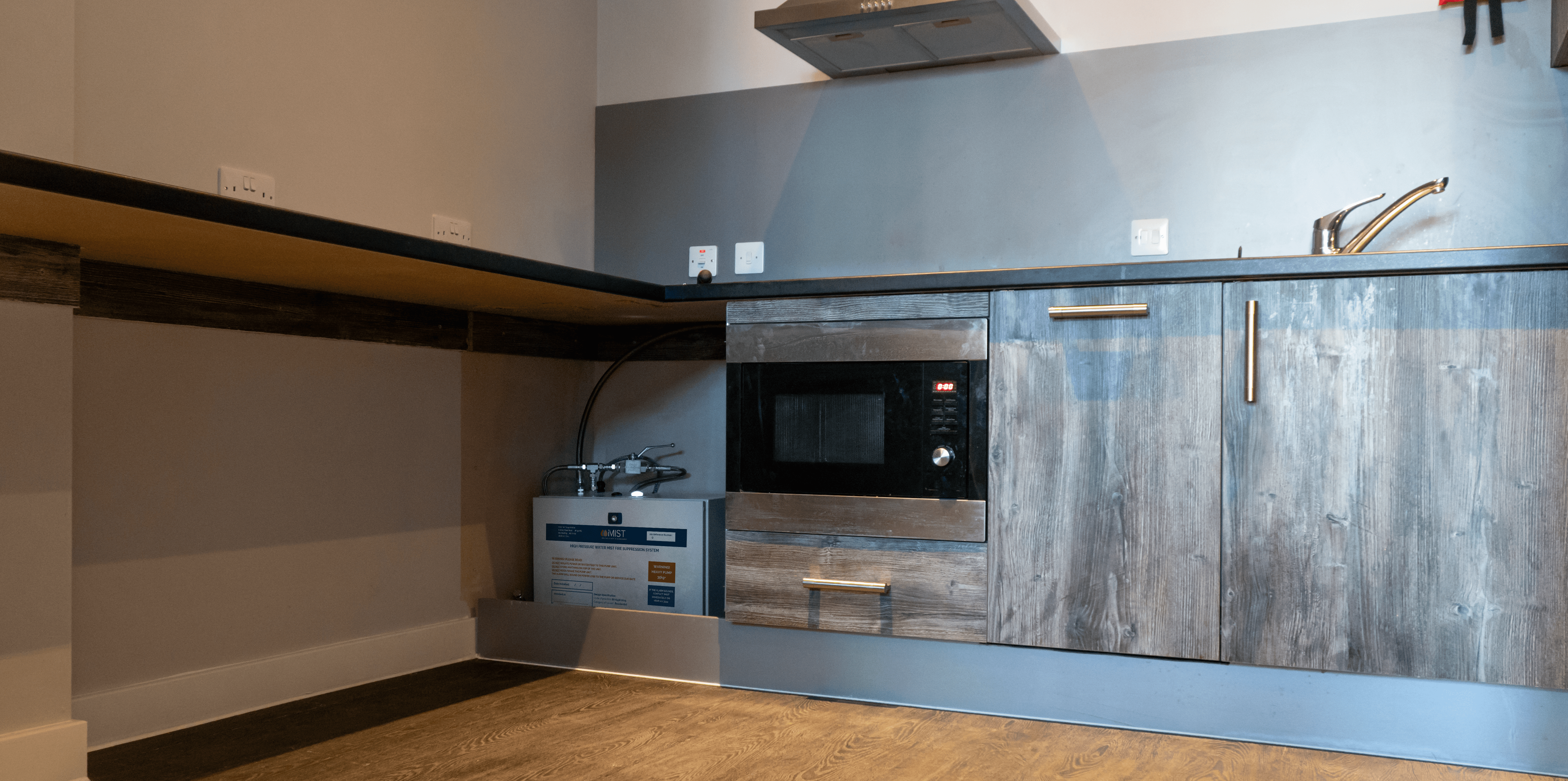
Benefits of the iMist System for loft conversion fire safety
Compared with other fire suppression systems, water mist fire suppression systems are increasingly considered to be a better alternative. They are discreet and design led which means no more unsightly devices in your ceiling. Furthermore, they are easy to instal and as they are mains water fed, there is no need for a bulky water tank. iMist™ leads the way in water mist fire suppression systems and continues to innovate and develop to bring you the best in safe but stylish fire suppression.

